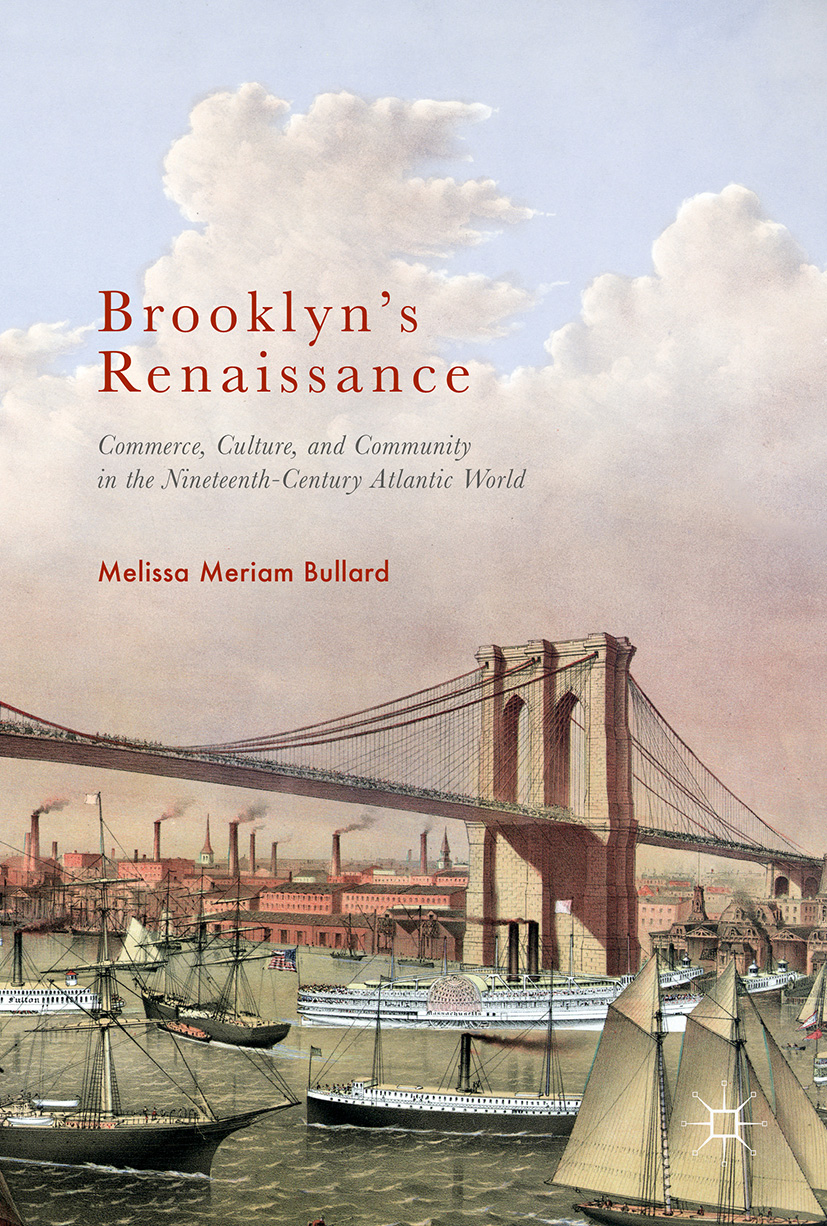
How did Brooklyn get to be such an artsy place today?
It started back in the nineteenth century. A group of well-networked families founded the cultural societies at the core of Brooklyn’s Renaissance.
This website is companion to my book Brooklyn’s Renaissance: Commerce, Culture, and Community in the Nineteenth-Century Atlantic World (Palgrave Macmillan, 2017). The website visualizes research data undergirding the book. It includes more than three thousand Brooklynites associated with the city’s rapid cultural rise before, during, and after the Civil War. Search individuals by name, or locate them through their social networks, memberships, or events.
The site includes a time line of important events. Over forty of Brooklyn’s key cultural patrons feature in historical maps pinpointing their residential and business locations by decade between 1840 and the 1870s. Use the website to discover the people and processes behind Brooklyn’s remarkable Renaissance.
Commercial ties with Europe channeled the exchange of ideas as well as goods and passengers across the Atlantic in the nineteenth century. They brought Brooklyn and her sister city New York into ever closer contact with sophisticated European cultural and educational styles. By 1860 Brooklyn boasted a population close to 300,000, making it the third largest US city.
Up and coming Brooklynites hungered for the amenities of music, art, and education befitting a great city. The associative ethos and sense of community they fostered during Brooklyn’s Renaissance gave rise to its arts-friendly feel today.
Explore Brooklyn's Renaissance